The Floating LNG Power Vessel Market is currently characterized by a dynamic competitive landscape, driven by the increasing demand for cleaner energy solutions and the need for flexible power generation. Key players such as Excelerate Energy (US), Golar LNG (NO), and Höegh LNG (NO) are strategically positioning themselves through innovation and partnerships. Excelerate Energy (US) focuses on enhancing its technological capabilities, while Golar LNG (NO) emphasizes expanding its fleet to meet growing global demand. Höegh LNG (NO) is actively pursuing collaborations to enhance operational efficiency, thereby shaping a competitive environment that is increasingly reliant on technological advancements and strategic alliances.
In terms of business tactics, companies are localizing manufacturing and optimizing supply chains to enhance operational efficiency. The market appears moderately fragmented, with several key players exerting influence over their respective regions. This fragmentation allows for a diverse range of strategies, as companies seek to differentiate themselves through unique value propositions and localized solutions.
In August 2025, Excelerate Energy (US) announced a partnership with a leading renewable energy firm to develop hybrid floating LNG power solutions. This strategic move is likely to enhance Excelerate's market position by integrating renewable technologies, thereby appealing to a broader customer base focused on sustainability. The collaboration signifies a shift towards more environmentally friendly energy solutions, aligning with global trends towards decarbonization.
In September 2025, Golar LNG (NO) secured a contract for the delivery of a new floating LNG power vessel to a developing nation, which is expected to bolster its presence in emerging markets. This contract not only expands Golar's operational footprint but also underscores the growing reliance on LNG as a transitional fuel in regions seeking to enhance energy security. The strategic importance of this contract lies in its potential to establish Golar as a key player in the energy transition narrative.
In July 2025, Höegh LNG (NO) launched a digital platform aimed at optimizing the operational efficiency of its floating LNG vessels. This initiative reflects a broader trend towards digital transformation within the industry, as companies seek to leverage technology to improve performance and reduce costs. The introduction of this platform is likely to enhance Höegh's competitive edge by providing real-time data analytics and operational insights, thereby facilitating more informed decision-making.
As of October 2025, the Floating LNG Power Vessel Market is witnessing trends that emphasize digitalization, sustainability, and the integration of advanced technologies such as AI. Strategic alliances are increasingly shaping the competitive landscape, as companies recognize the value of collaboration in driving innovation. Moving forward, competitive differentiation is expected to evolve from traditional price-based competition to a focus on technological innovation, supply chain reliability, and sustainable practices, reflecting the industry's response to changing market demands.
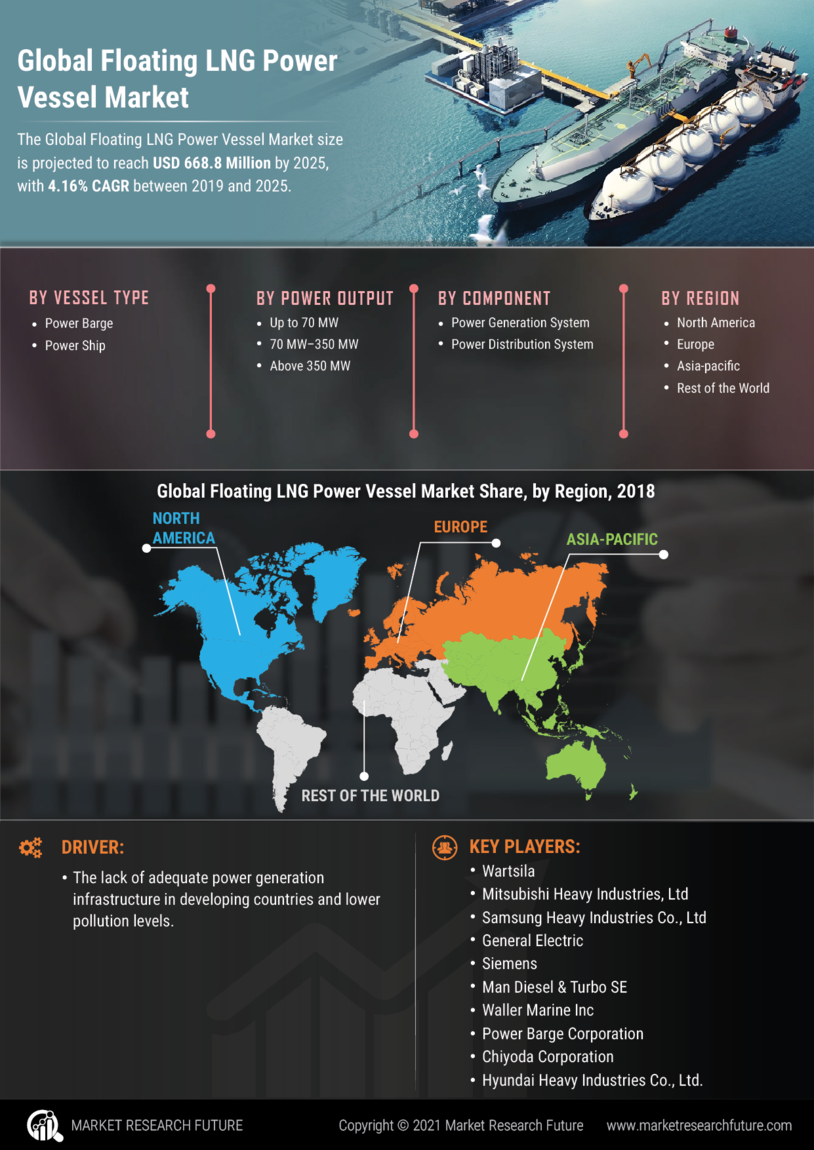

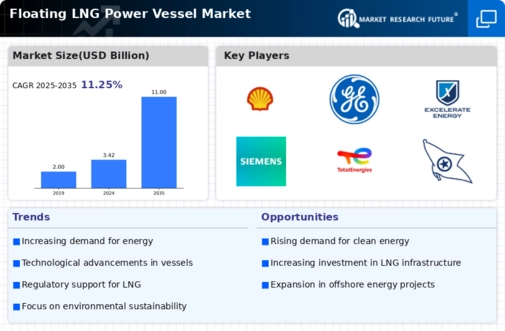
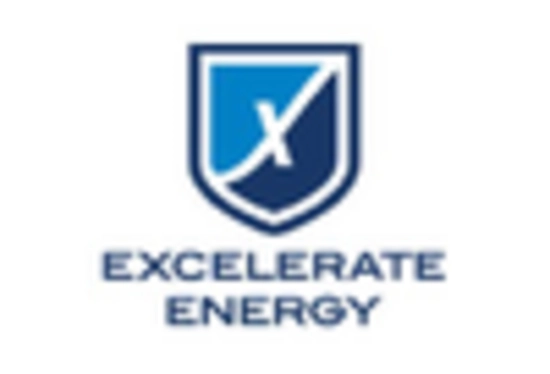

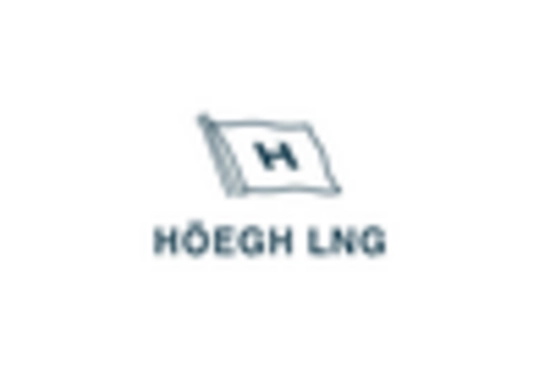
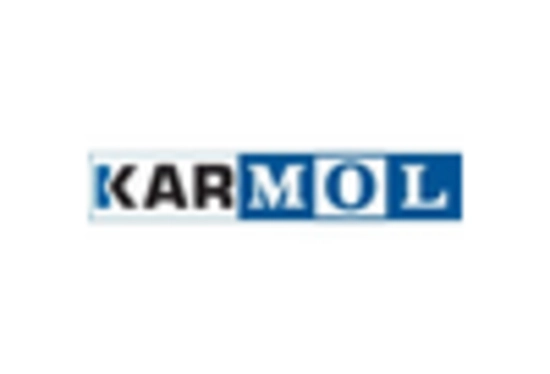

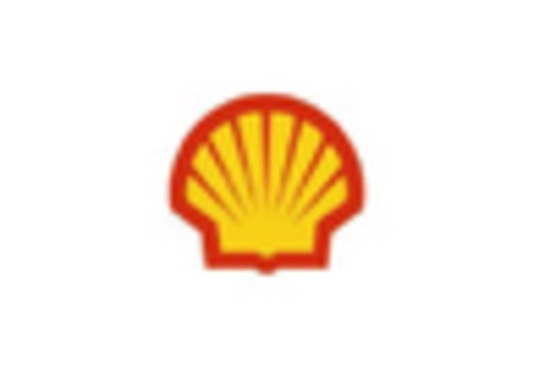








Leave a Comment